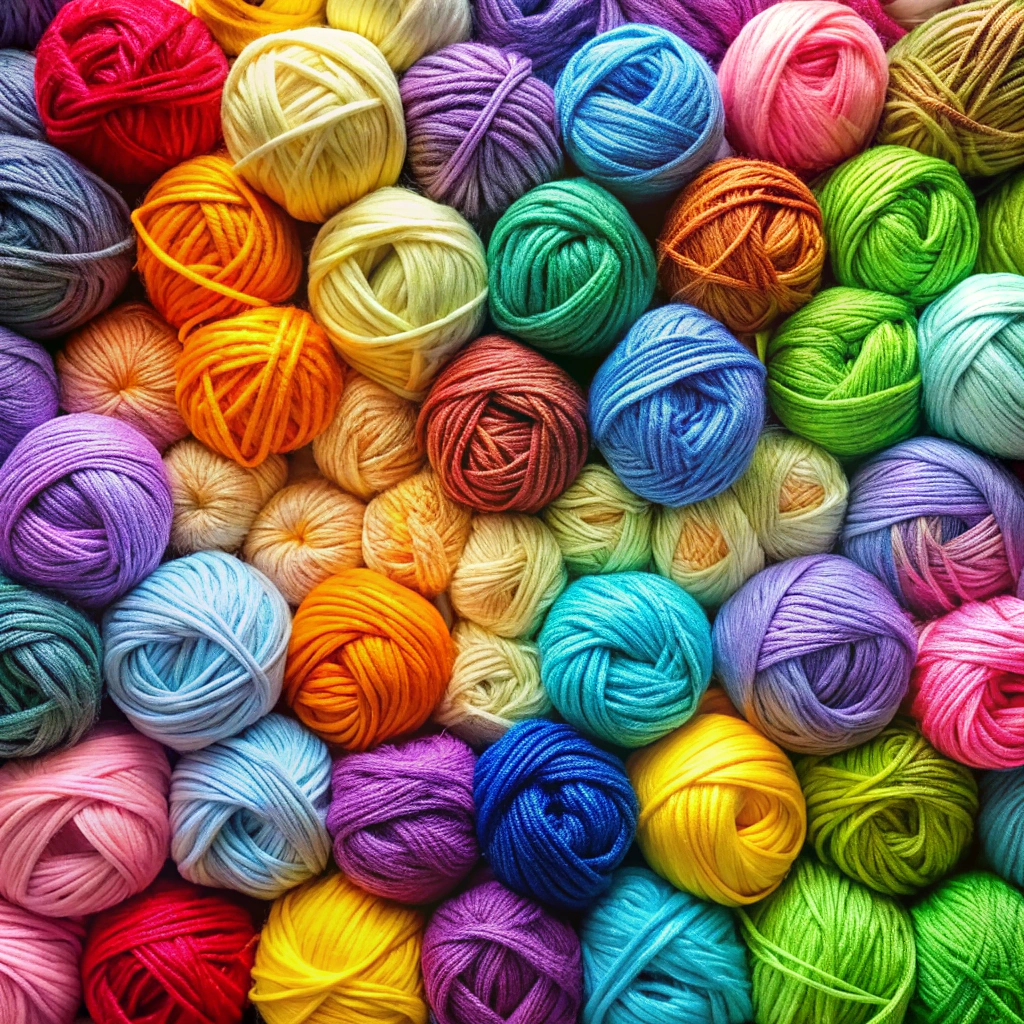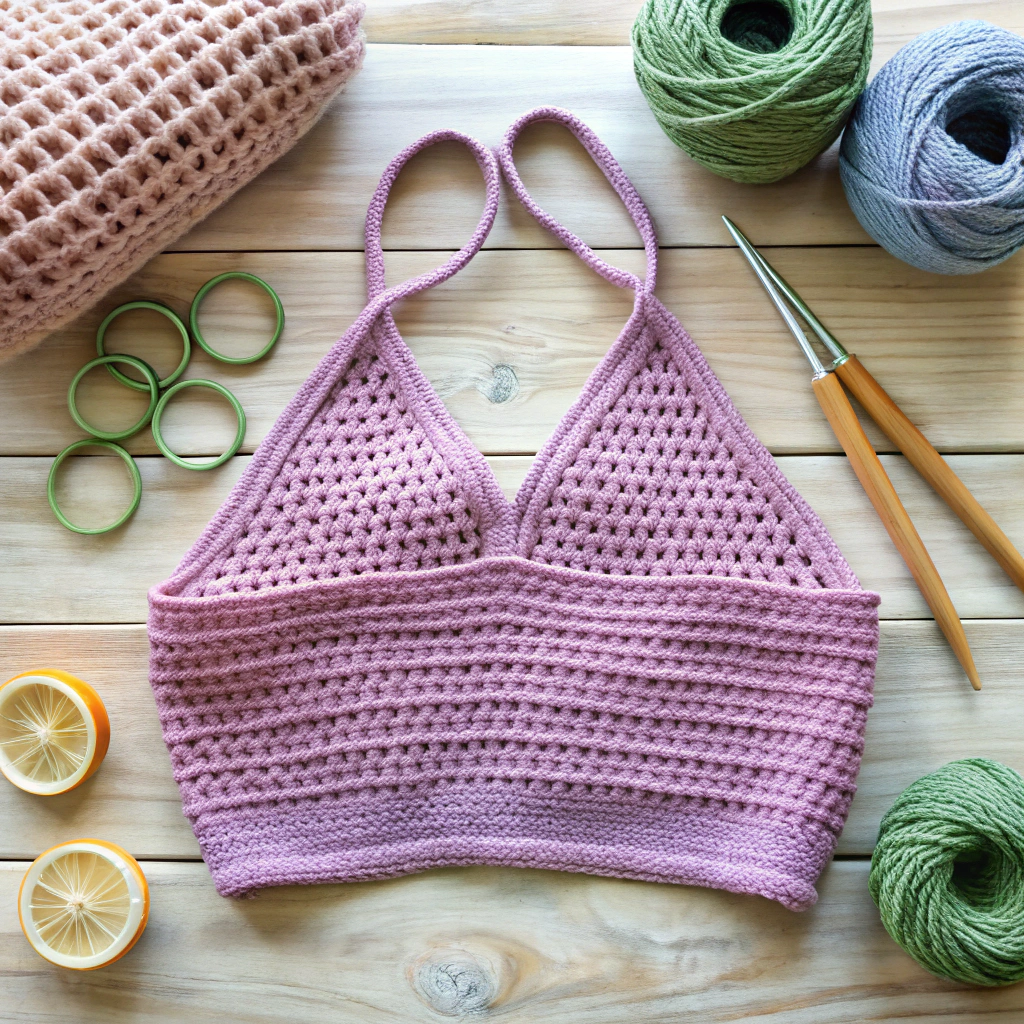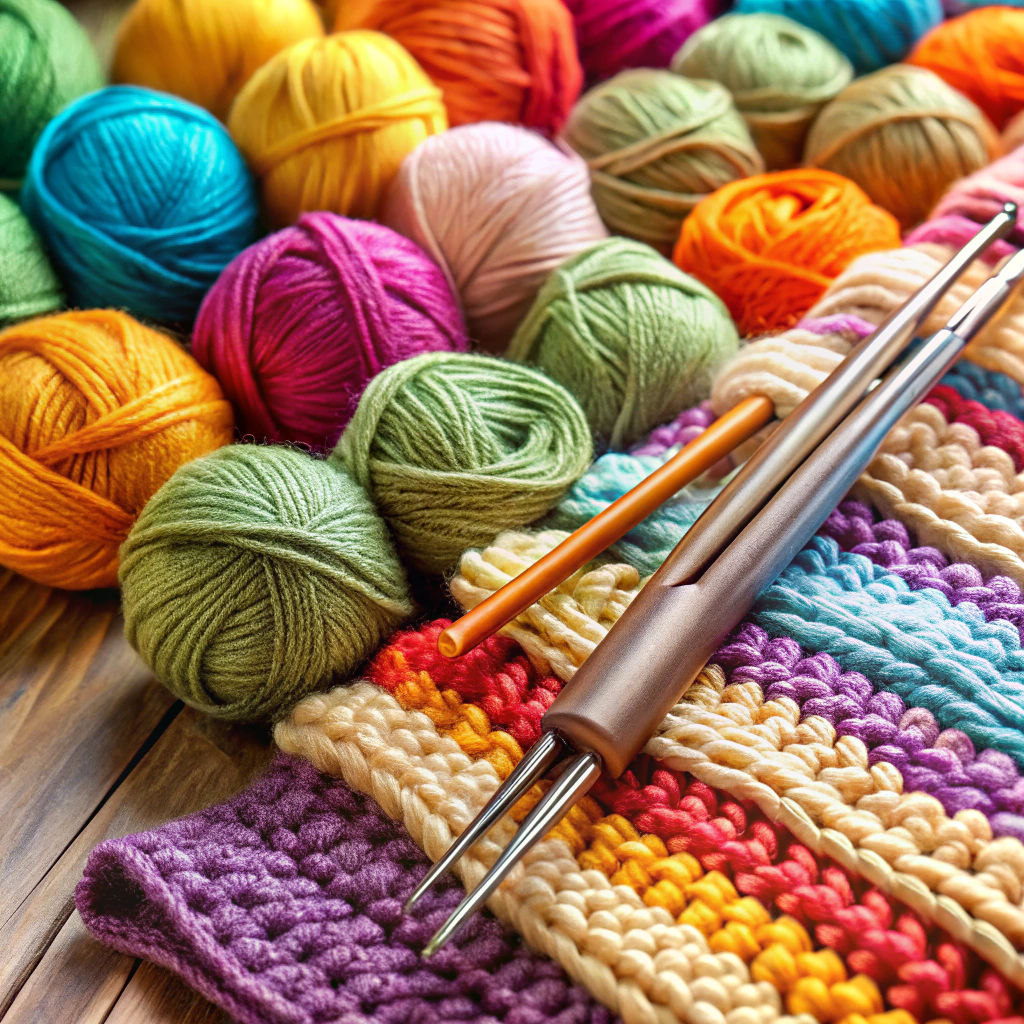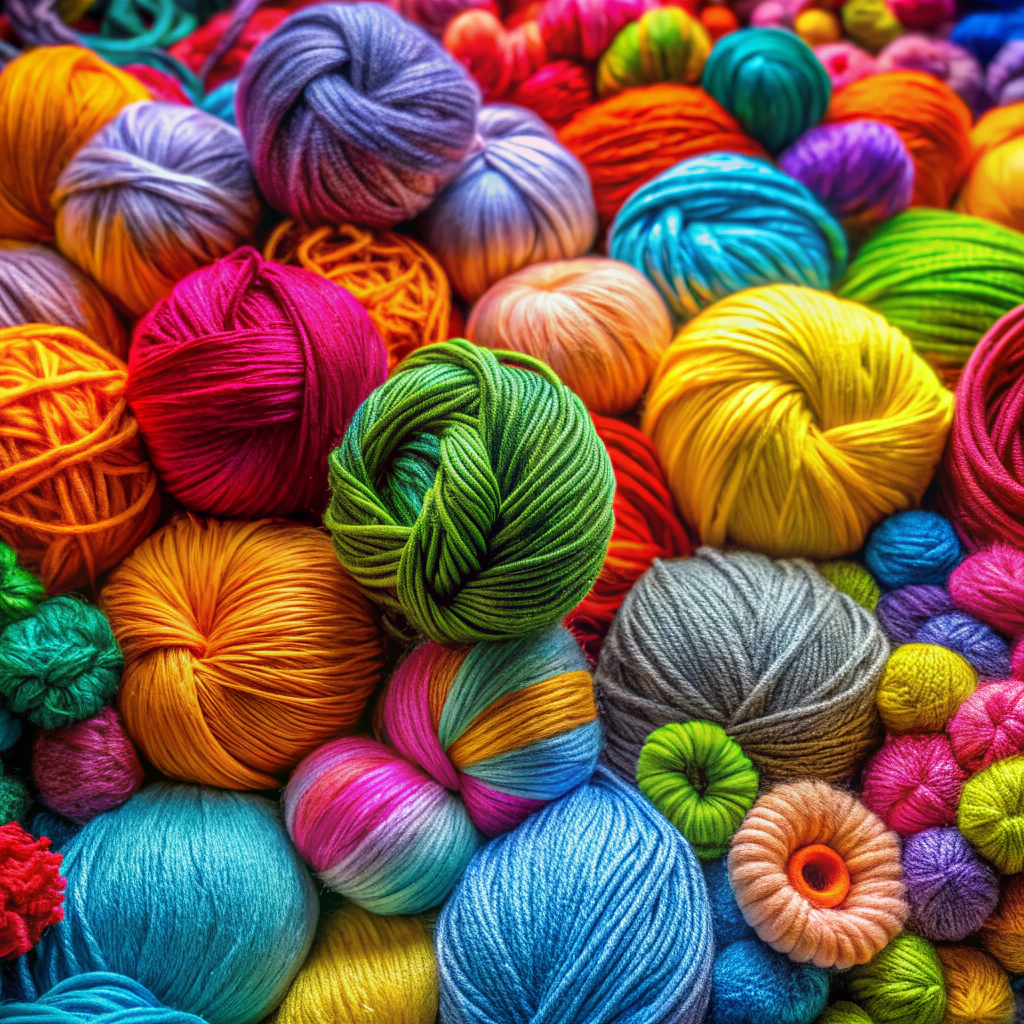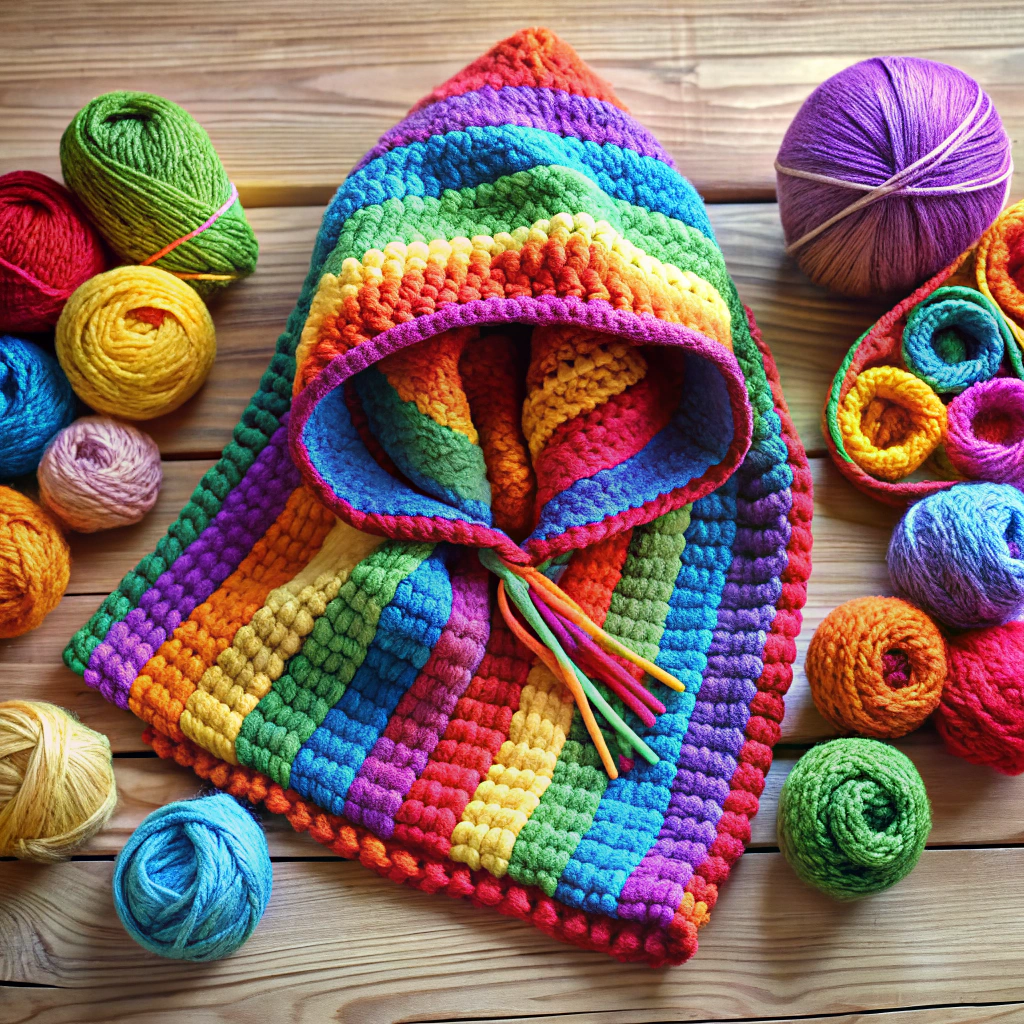Learn what a crochet stitch is and how it forms the backbone of all crochet projects.
Curious about crochet stitches and why they might look like a spaghetti junction gone wild? Imagine your cozy afghan is a secret garden; each stitch is the building block—the loop on top, and the post at the center. Intricate textures? That’s the magic of front and back loops! Wondering how to keep your project from looking like a Picasso gone wrong? Understanding the Golden Loop and recognizing right from wrong sides will have you stitching like a pro. Dive in to unravel the mystery!
Key takeaways:
- A crochet stitch consists of a loop, top loops, and a post.
- Front and back loops offer texture and personality to projects.
- The post is the central part of a stitch for complexity.
- Differentiate between right and wrong sides for finishing.
- The Golden Loop affects height, tension, and placement.
The Anatomy of a Crochet Stitch
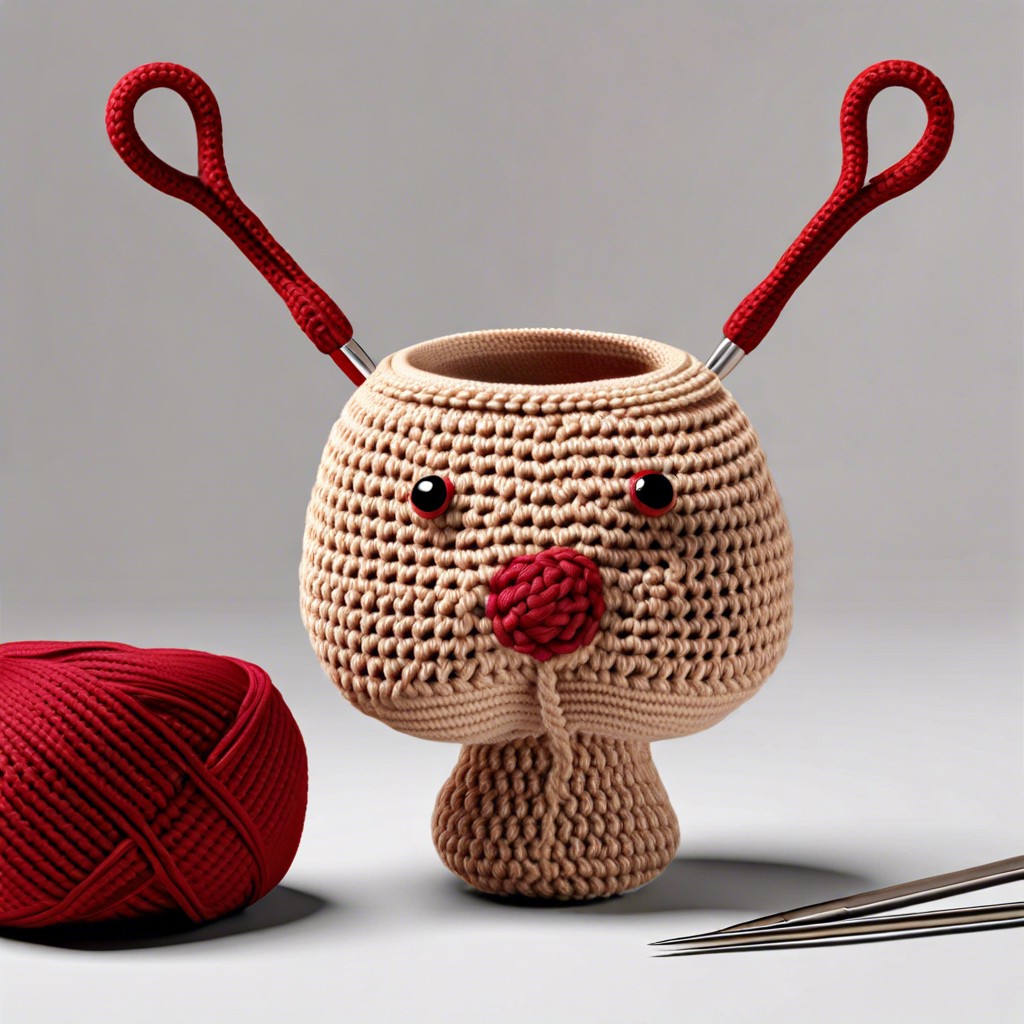
A crochet stitch is like the puzzle piece to your yarn masterpiece. First off, you’ve got the loop on your hook, which is the start of everything magical. When you yarn over and pull through, that loop transforms.
Then there are the top two loops, often called the front loop and back loop, sitting pretty like a little hat on your stitch. These loops form the ‘V’ shape that you see in a row of crochet.
Next, you have the body of the stitch, known as the post. This post is the backbone of your stitch and can vary in height depending on whether you’re working a single crochet, double crochet, or even taller stitches.
Picture these elements working together, and voila! You get an organized structure that builds your project one stitch at a time. It’s like having your own zany but functional little team!
Front and Back Loops
To get cozy with crochet, you need to understand loops. Imagine them as the front and back doors of your house. Each stitch has these two loops:
The front loop is the welcoming one, the one closer to you. This loop loves attention; it’s the go-to in many patterns.
The back loop, on the other hand, is the shy one. It hangs out at the back, perfect for creating texture. Using the back loop can give your project ribbing or a subtle lined effect.
Combining different combinations of front and back loops opens up a world of texture. It’s like giving your project a personality makeover without the existential crisis.
The Post of a Crochet Stitch
Imagine your crochet stitch as a tiny skyscraper. The post is that central, towering part. It’s what you end up wrapping your yarn around when creating more complex stitches.
- Think of these:
- The post runs vertically from one row to the next and is literally the backbone of your stitch.
- When you’re told to work around the post, this skyscraper is where you’ll be directing your hook.
- Different stitches work in, under, or around the post to create various textures and patterns.
It’s like adding a little architectural flair to your crochet projects, no hard hat required!
Right Side Vs Wrong Side of Crochet Stitches
Imagine you’re Batman… for crochet. The right side (RS) is the superhero side, the part you show off to the world. It’s the outer, smoother, and often more finished-looking surface of your work.
The wrong side (WS) is like Bruce Wayne – still important, but often behind the scenes. It’s where you might see yarn tails, less consistent tension, or the backside of texture stitches.
- Here’s how to spot them:
- Finished Appearance: The right side generally looks more polished and neat.
- Pattern Instructions: They often specify which side should face you.
- Texture: If you’re working on something with a textured pattern (like bobbles), the texture usually pops more on the right side.
- Tail Tales: The starting yarn tail usually hangs at the bottom-left of the right side when you begin.
Knowing your RS from your WS is crucial for consistent stitch patterns and harmonized design. Plus, who doesn’t want their amigurumi looking its superhero best?
The Golden Loop of a Crochet Stitch
This loop is the yarn loop that stays on the hook while creating the stitch. Sounds simple, right? Oh, but there’s more! It’s got a golden touch.
It’s magical because here:
First, it determines the height of your stitch. Hold it tight, your stitch shrinks. Loosen up, and whoops, your stitch turns into a giraffe.
Secondly, it controls the tension. Too tight and good luck poking that hook through. Too loose and you’ve got a floppy mess.
Lastly, your hook placement matters. Front? Back? Under the legs? You decide, and the Golden Loop works its charm.
Isn’t it amazing how one humble loop does so much?
Crochet Stitches Are Slanted
When you first start crocheting, you might notice something a bit quirky: stitches tend to lean. This happens because each stitch inherently has a bit of a tilt to it.
Here’s why:
First, the twist. Yarn isn’t just a straight, lifeless thread. It’s twisted, and this twist continues through each stitch, giving it a natural slant.
Second, stitch direction. When you insert your hook and loop the yarn, you’re always doing it in a particular direction. This creates a consistent angle across your row.
Third, right-handed vs left-handed. Right-handed crocheters will notice a tilt to the right, while left-handed crocheters get a left-leaning slant. It’s stitching politics, really.
Lastly, tension. Tight stitches can exaggerate the slant, while looser stitches might sway a bit less.
If things get too slanted, don’t worry. Blocking your project at the end can help straighten everything out. Remember, a little slant adds character.
Working Between Crochet Stitches
Sometimes you might need to place your hook between stitches, instead of through the usual loops. Picture it as sneaking into a movie without a ticket.
- Why? This technique can give your fabric a different texture and add a bit of pizzazz. Think ribbing, mesh, or making your crochet work a little more three-dimensional!
- Ease of Use: Great for beginners who might find traditional loops tricky. Just aim for the gap, and you’re golden.
- Stability: Creates a more stable and tight fabric, since you’re working into a thicker part of the stitch.
- Visibility: Easier to see and count stitches, perfect for marathon TV bingeing while crocheting.
Remember, the space between stitches is like the lane lines on a highway. Stay between them and you’ll get where you’re going just fine.
